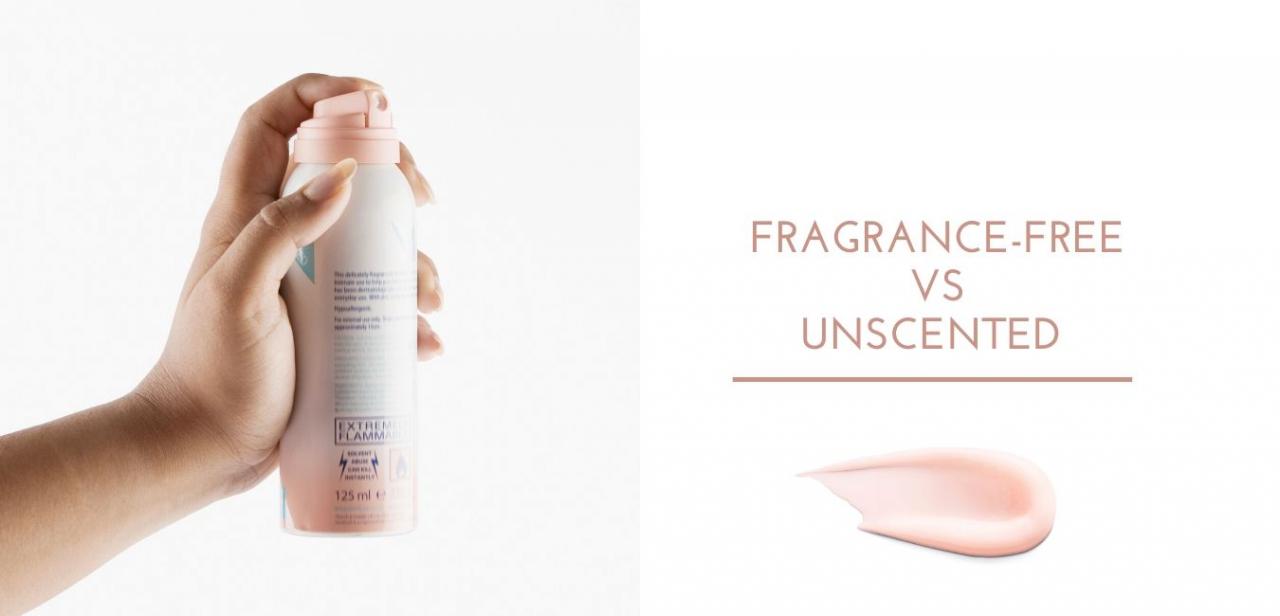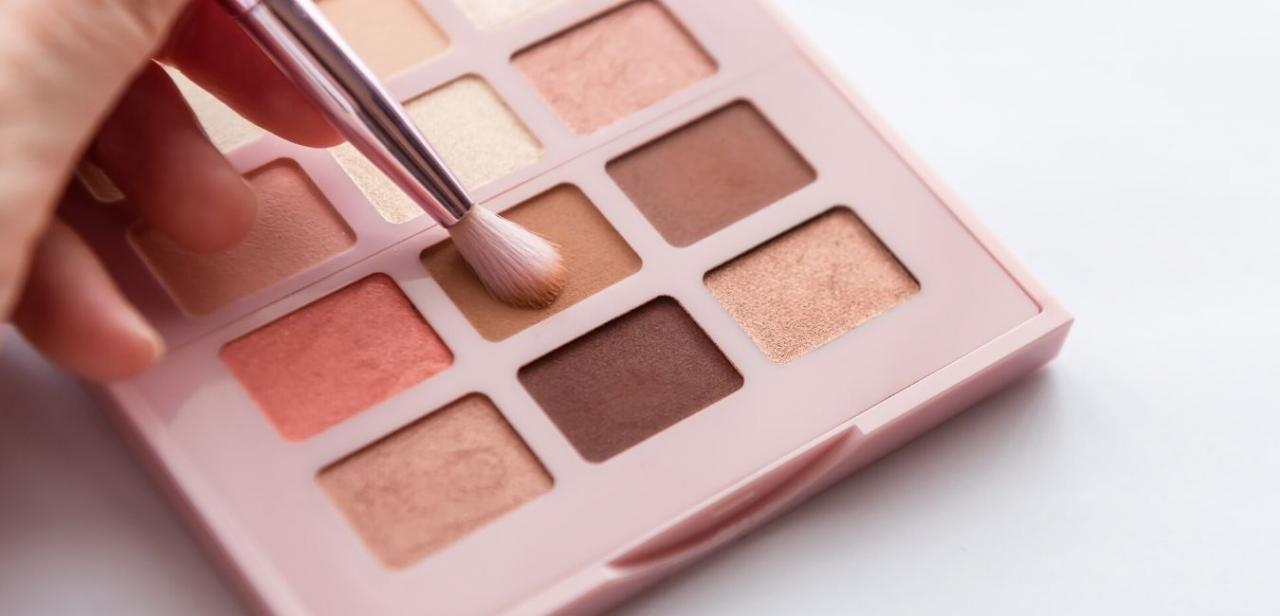 George Doyle/Stockbyte/Thinkstock
George Doyle/Stockbyte/Thinkstock
As a young child growing up in a metropolitan area I didn’t learn much about nature or the woods. My dad’s side of the family grew up farming in North Carolina and I loved to go and get a change of scenery.
My great aunt use to comment on how comfortable I seemed, just wandering around the farm barefooted. I never really understood back then that plants could release toxic substances onto my skin.
In my late twenties I began naturopathic school and I started to learn about plants and started to take nature walks in the woods.
I learned about poison oak from personal experience, walking through the woods as I was learning herbs. The itching, scratching and uncomfortable and taught me a personal lesson about a condition called allergic contact dermatitis.
Have you had a situation when you skin broke out for an unknown reason?
Contact dermatitis is a condition in which the skin becomes red, sore, or inflamed after direct contact with a substance. There are two different types of contact dermatitis, either irritant or allergic.
Irritant contact dermatitis is caused by contact with acids, alkaline materials such as soaps and detergents, fabric softeners, solvents, or other chemicals. The reaction usually looks like a burn.
I was experiencing allergic contact dermatitis, where my immune system reacted to plants against my skin. It is a type of skin inflammation where the immune system is responding to direct contact with the skin.
In allergic contact dermatitis, an itchy red rash tends to develop because of direct contact with a substance that they are allergic to. Common examples among plants are poison ivy, certain flowers, grasses and some herbs.
There are other household items that can cause irritant contact dermatitis like soaps, cosmetics, chemical detergents, cleaning products, some fabrics or clothes. Allergic contact dermatitis can occur from exposure to latex gloves, latex products, some topical antibiotic medications and even types of metals or jewelry can cause bumping around the area where it is being worn.
Treatments for contact dermatitis start with avoidance whenever possible. A severe reaction of contact dermatitis requires medical care. However, milder cases may just cause discomfort during healing.
Gently clean the area as soon as possible to prevent prolonged exposure. I recommend demulcents, which are substance that feel soothing like oatmeal or calendula baths, applied as a wet compress. Contact dermatitis usually lasts no more than 7-10 days.
Live Vibrantly,
Dr. Dae
http://twitter.com/drdae
https://www.healthydaes.com
https://www.facebook.com/healthydaes
Dr. Dae is a Naturopathic Physician who practices in the Washington DC metro area. She treats the whole person using safe and effective combinations of traditional and natural methods to produce optimal health and well-being in the lives of her patients.
Sources:
"Contact dermatitis - PubMed Health." National Center for Biotechnology Information. N.p., n.d. Web. 25 Apr. 2012. http://www.ncbi.nlm.nih.gov/pubmedhealth/PMH0001872
"Contact dermatitis - MayoClinic.com." Mayo Clinic. N.p., n.d. Web. 25 Apr. 2012. http://www.mayoclinic.com/health/contact-dermatitis/DS00985
Contact Dermatitis. Cleveland Clinic. Web. April 25, 2012.
http://my.clevelandclinic.org/disorders/dermatitis_contact/hic_contact_dermatitis.aspx
Reviewed April 26, 2012
by Michele Blacksberg RN
Edited by Jody Smith






Add a CommentComments
There are no comments yet. Be the first one and get the conversation started!